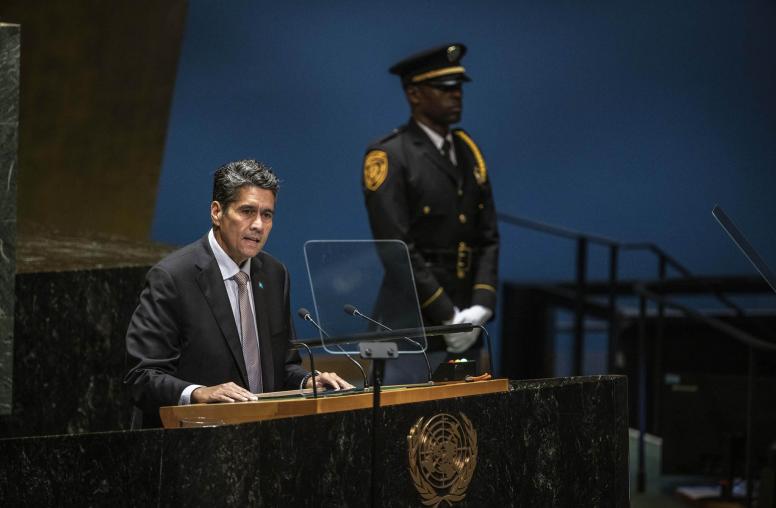China and Strategic Instability in Space
Pathways to Peace in an Era of U.S.-China Strategic Competition
In recent years, U.S.-China competition has intensified in outer space. U.S.-China competition above the Earth echoes many of the same tensions we see down here but carries unique risks. Nuclear entanglement, direct-ascent anti-satellite testing and the deployment of large and very large satellite constellations are among the most urgent drivers of instability. Amid the current strains in the overall U.S.-China relationship, coordinating action on these issues will be far from easy to achieve. Nevertheless, there is a path forward that can lead us toward a more stable and peaceful space environment.
On February 8, USIP hosted a discussion on strategic competition between the United States and China in space. The conversation featured the lead author of a new USIP report on the topic, as well as space scholars and experts from the U.S. government, as they explored how to best tackle these complex challenges.
Continue the conversation on Twitter using #USChinaSpace.
Speakers
Lise Grande, opening remarks
President and CEO, U.S. Institute of Peace
Bruce MacDonald
Adjunct Professor, School of Advanced International Studies, Johns Hopkins University; Lead Author, “China and Strategic Instability in Space: Pathways to Peace in an Era of U.S.-China Strategic Competition”
Nate Dailey
Principal Architect, Space Engineering, The MITRE Corporation
Carla Freeman
Senior Expert, U.S. Institute of Peace; Report Author, “China and Strategic Instability in Space: Pathways to Peace in an Era of U.S.-China Strategic Competition”
Bhavya Lal
Associate Administrator for Technology, Policy, and Strategy, NASA
Victoria Samson
Washington Office Director, Secure World Foundation
Scott Pace, moderator
Director, Space Policy Institute, George Washington University



